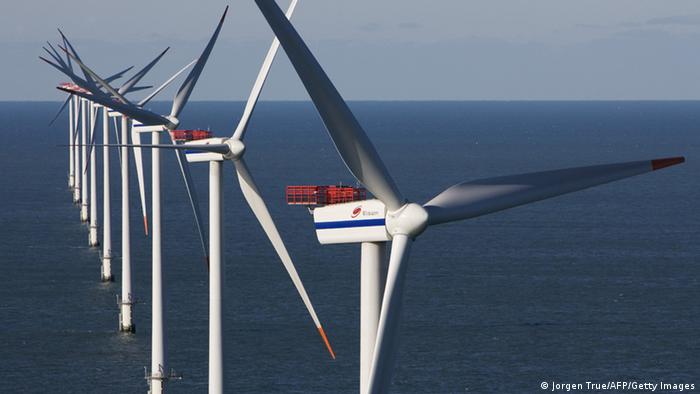
(EarthTimes)
What is hydrofracking? Hydrofracking uses significantly more water than conventional drilling, as well as a “slick water” mixture that is pumped into the shale to fracture the rock and release the gas. Second, there is an increased potential for toxicity and its long-term impacts. Finally, there is the environmental impacts of the drilling: surface and subterranean damage including forestland loss, multiple well sites, groundwater and surface water contamination, habitat and species disturbance, and likely an increased number of access roads to the well sites. (Peace Council)
The Marcellus Shale which stretches 104,000 square miles across Pennsylvania, West Virginia, Ohio, and upstate New York, is America’s largest source of natural gas, hydraulic fracturing has been used to release and capture the shale gas for energy consumption. Avner Vengosh is a professor of geochemistry and water quality at Duke. Vengosh stated his concern with hydrofracking by saying, “the amount of radioactivity that has accumulated in the river sediments exceeds the thresholds for safe disposal of radioactive materials.” (ENN)
Overall, hydrofracking seems to carry more negatives than positives with it: contamination of ground water, methane pollution, air pollution toxic chemicals, explosions, excess waste, earthquakes, etc. Mechanically, hydrofracking is helpful and you are able to get what you want more efficiently, but due to the environmental risks and safety risks that come with hydrofracking, it is just a bad idea.













